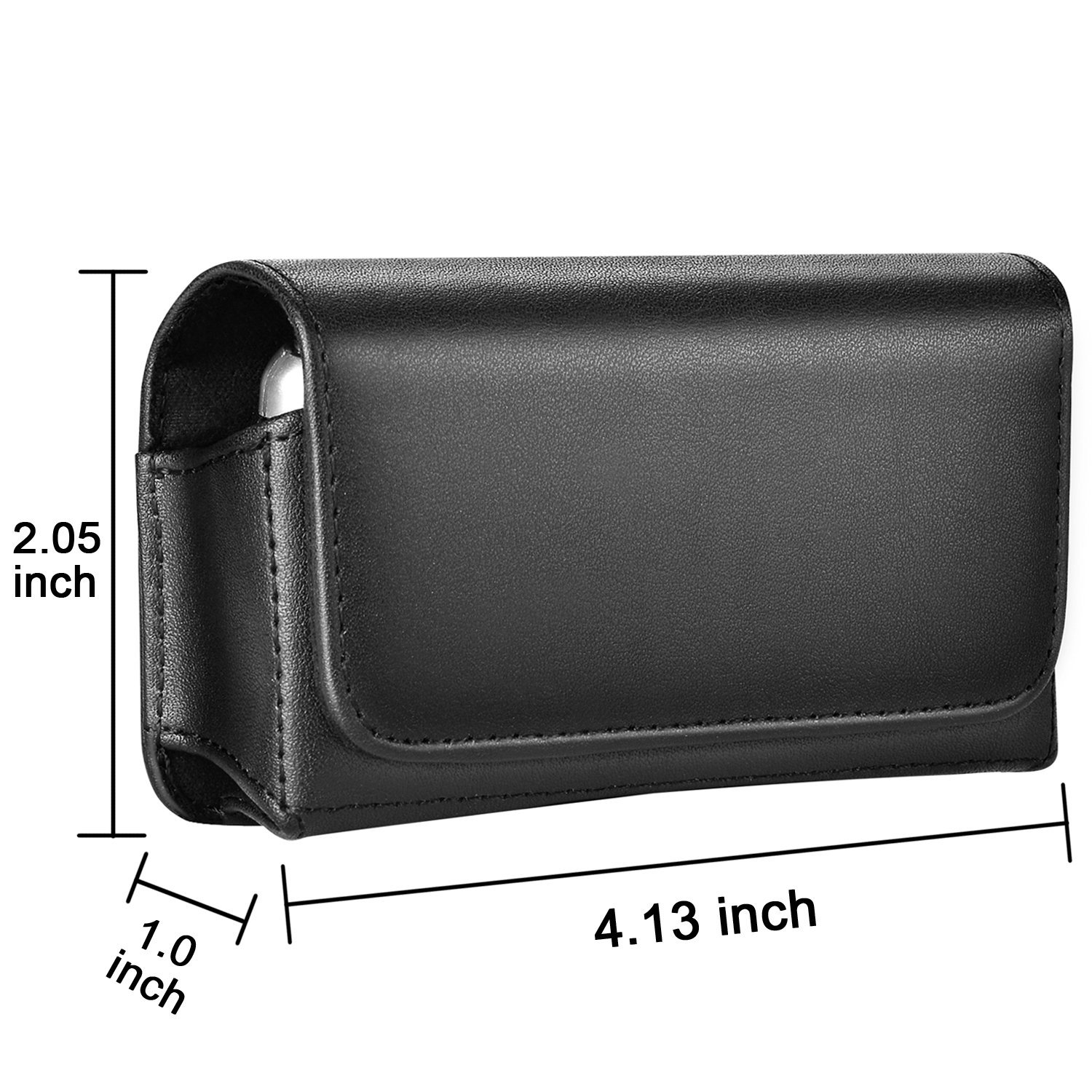Trust me, passengers on this cruise ship don’t get to lie around on lounge chairs and be waited on hand & foot. This is a working cruise! Expect to spend a fair amount of time in the kitchens and engine rooms. You’ll need to manage/maintain both the glucose sensor and the pump. Plan to perform fingersticks four to eight times a day for sensor calibrations and to keep the auto-mode feature running smoothly. Expect more alarms and alerts than usual. You’ll need to plan well-ahead to prevent lows (and highs, on occasion) when exercising. And you’ll still need to manage things the old-fashioned way when out of auto-mode (typically 10-20% of the time), and that means making sure your basal and bolus settings are properly fine-tuned.
It also takes a shrewd captain to navigate this ship. Using the 670G and its full array of automated delivery features requires a great deal of training, aptitude, and attention to detail. Compared to traditional pump therapy (with or without an independent continuous glucose monitor), 670G can be quite complex. Training typically requires three separate sessions: one to learn the pump, one to learn the sensor, and one to learn the automated basal delivery system (auto-mode). One must understand all of the conditions that are necessary for auto-mode to activate. There is even an “auto-mode readiness” status screen that is nine items long! You’ll need to know when/why the system may go out of auto-mode, and how to get back in. And then there’s “safe mode” – a sort of purgatory between auto-mode and manual mode in which the pump is delivering basal insulin but not self-adjusting it until an auto-mode problem is fixed. I’m still trying to wrap my brain around that one.
People who maintain a structured and predictable lifestyle also tend to succeed with 670G. There is much less chance of a cruise ship mishap in the Caribbean than in the Arctic Circle because of the lack of icebergs. Someone whose life includes frequent/inconsistent meals & snacks, random physical activity, changing work shifts, varied sleep schedules or significant stress is going to struggle in auto-mode. By contrast, those who eat consistent/well-spaced meals (with minimal snacks), work out regularly (or not at all) and lead generally relaxed and predictable lives tend to stay in-range most of the time in auto-mode. And for that matter, those whose basal requirements include a significant peak & valley (based on previous pump use & basal fine-tuning) may struggle a bit due to the limited basal variations that can take place in auto-mode. Those with relatively stable basal requirements throughout the day & night are more likely to experience success in auto-mode.
Argh! The frustrations are so bothersome that I often have fantasies where I smash my 670G to bits with a hammer. And then I burn the pieces.


